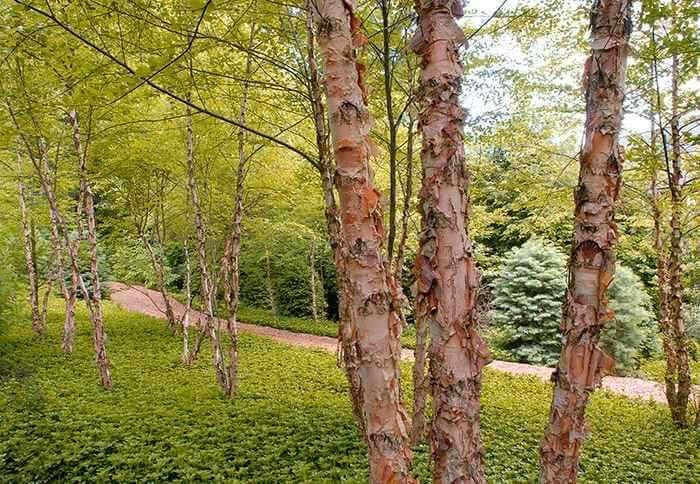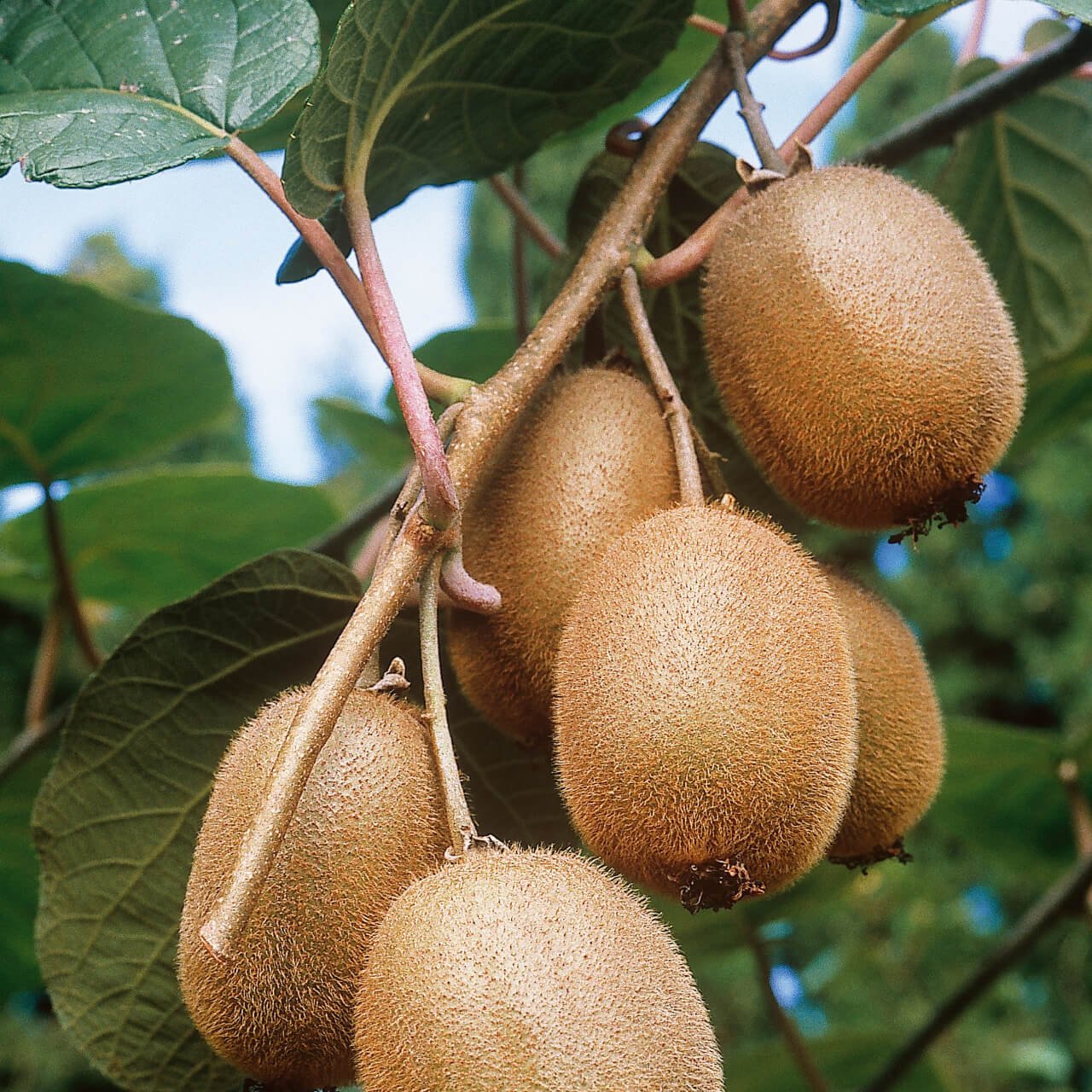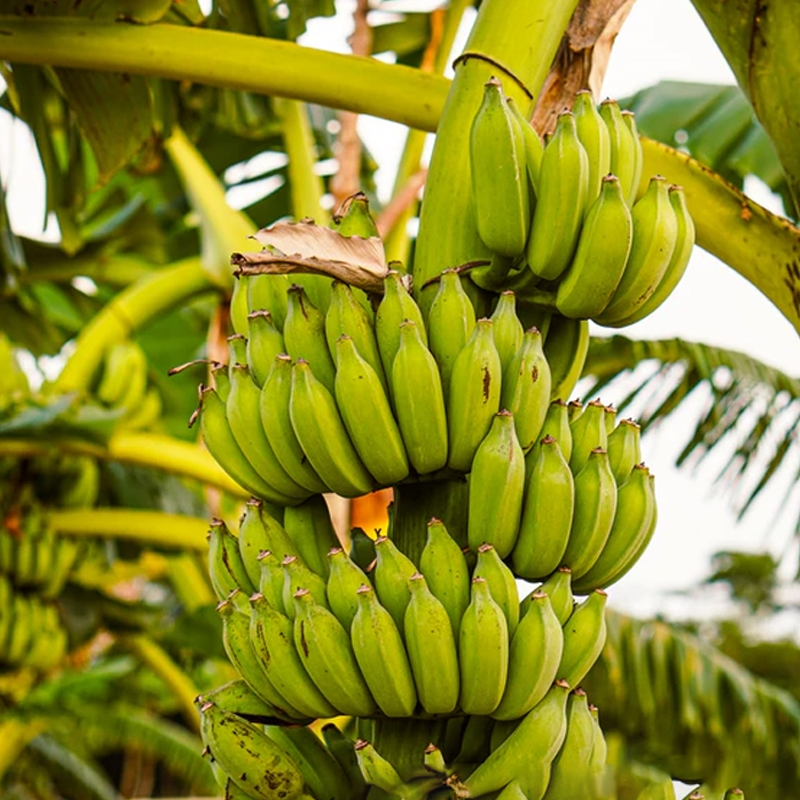


River Birch Live Stakes
Fast-growing and adaptable to various soils
Provides excellent erosion control and stability
Attracts beneficial wildlife to your garden
Thrives in
ZONE 4ZONE 5ZONE 6ZONE 7ZONE 8ZONE 9This plant ships:
Ships Now (5-7 Days)River Birch - Betula Nigra
River Birch Live Stakes are young, rooted cuttings or branches of the trees (Betula nigra) used for streambank and erosion control, known for their rapid growth and ability to stabilize soil along waterways.
If you have a property close to a riverbed or other body of water, they can help. They take a short time to grow, are easy to collect, and can protect your land against erosion or a reduction in soil quality in a relatively short period.
A stake is little more than a branch or root cut from its parent tree. Stakes are often cultivated during the winter when the tree is dormant and planted directly on the side of a riverbed or other body of water. After planting, they will grow into a new tree.
Benefits of Using River Birch Live Stakes
Using it can be beneficial for several reasons, including being easy to obtain and plant. In addition, they tend to start guarding against erosion and other soil issues as soon as they are planted. Of course, it may take a few months before the root system can fully establish itself in a given area. Finally, as it is a natural resource, you won't have to use chemicals, machines, or anything else that might pollute to save or reclaim a landscape.
The Growth Of River Birch Live Stakes
The tree can grow up to 70 feet tall and 60 feet wide to have a relatively robust root system underneath it. Those roots will collect excess water, which helps to prevent erosion on sloped surfaces. It generally takes two or three years to produce what are referred to as nutlets, the seeds that also allow the tree to propagate.
By keeping a landscape viable, they can be used to attract wildlife back to your property. A variety of birds, squirrels, and other creatures will use the tree for shelter and as a source of food. Fortunately, the tree is unlikely to be damaged by pests, so you'll have it on your property for decades.
They grow well in fertile, permeable soils close to water courses, waterways, and swamps. It is adaptable and can grow in different conditions, such as acidic and clay soils, and do well in full sun to part shade regions.
The live stakes do not need fertilizer in most cases especially if the area is a fertile one. Nonetheless, it is advisable to use a slow-release fertilizer at a 10-10-10 proportion during the early spring in areas with low nutrient-bearing soils.
They have a longevity of about 30 - 50 years. When well tended and placed in appropriate growing conditions, they can grow to develop a good canopy and serve as good shade-bearing ornamental and environmental trees in the landscape for many years.
They need to be watered regularly throughout their first year of growth in order to maintain soil moisture. After they have been set, they can tolerate moderate levels of drought, even though they would need frequent irrigation under circumstances of extended dryness to continue to be productive.
River birch live stakes are easy to care for. The plants are also tolerant to several bugs and diseases, have a high tolerance to harsh terrains, and do not need frequent trimming. Thus, they are ideal for lawn gardening and other assignments involving rehabilitation and beautification of degraded areas.
This Is How Your Plants Will Look upon Delivery

Height at Maturity
Over 25 Feet
Care
River Birch live stakes thrive in moist, well-drained soil. Ensure consistent watering, especially during dry periods. Trim annually to hold shape and remove dead limbs. Fertilize in spring for best growth. These stakes are resilient but benefit from regular care.
Plant Reproduction
River Birch Live Stakes spread through sprouting from planted cuttings.
Remember to plant live stakes in early spring or late fall in moist, well-drained soil, preferably along stream banks or erosion-prone areas. Insert at a 45-degree angle in the ground, ensuring at least two-thirds of their length is buried, with the buds facing upward. Space the stakes approximately 2-3 feet apart for proper growth. After planting, water them thoroughly and maintain consistent moisture, especially during dry periods, to help root development. With proper care and sound conditions, live stakes will root successfully in 6-8 weeks and assist in soil stabilization and habitat restoration.
Shipping date depends on the date displayed and chosen when you order from the product's page.
We only accept returns on plants verified dead. If you think your plants have died, we offer a 1 year warranty, please use this File a Claim Link to verify dead plants and start with return warranty process.





Rapid Establishment:
River Birch Live Stakes quickly take root and grow, providing fast results for your garden or landscape.
Adaptable to Wet Conditions:
Perfect for areas with poor drainage, River Birch Live Stakes thrive in wet or soggy soils.
Erosion Control:
Ideal for stabilizing soil, these live stakes help prevent erosion and improve the stability of your landscape.
Aesthetic Appeal:
They develop into beautiful trees with distinctive, peeling bark, adding visual interest to your landscape.
Caring Tips
How do I care for my River Birch Live Stakes?
Each box contains detailed care instructions and information about your product. But here's the basics.
Care Tips
River Birch live stakes thrive in moist, well-drained soil. Ensure consistent watering, especially during dry periods. Trim annually to hold shape and remove dead limbs. Fertilize in spring for best growth. These stakes are resilient but benefit from regular care.
Light Requirements
River Birch live stakes thrive best in full sun to partial shade. They favor at least 6 hours of total sunlight daily but can tolerate some shade, particularly in warmer climates. Ensure good soil drainage for optimal growth.
Hardy Planting Zones
4 • 5 • 6 • 7 • 8 • 9
Header
Use this content to share information about your store and products.
Frequently Asked Questions
How often should I water my plants?
How do I know if my plant is getting too much or too little sunlight?
What should I do to prepare my plants for winter?
What are the signs that my plant needs fertilizing?
How can I prevent pests from damaging my plants?
How do I choose the right plant for my climate zone?






